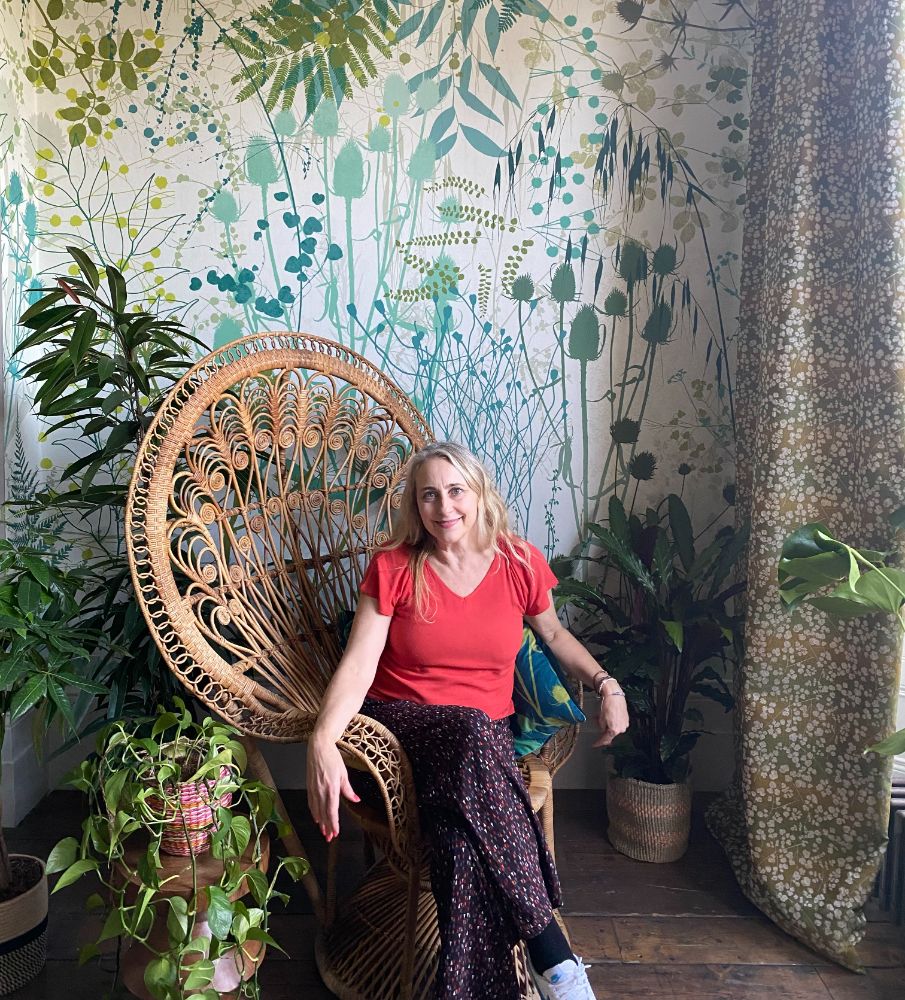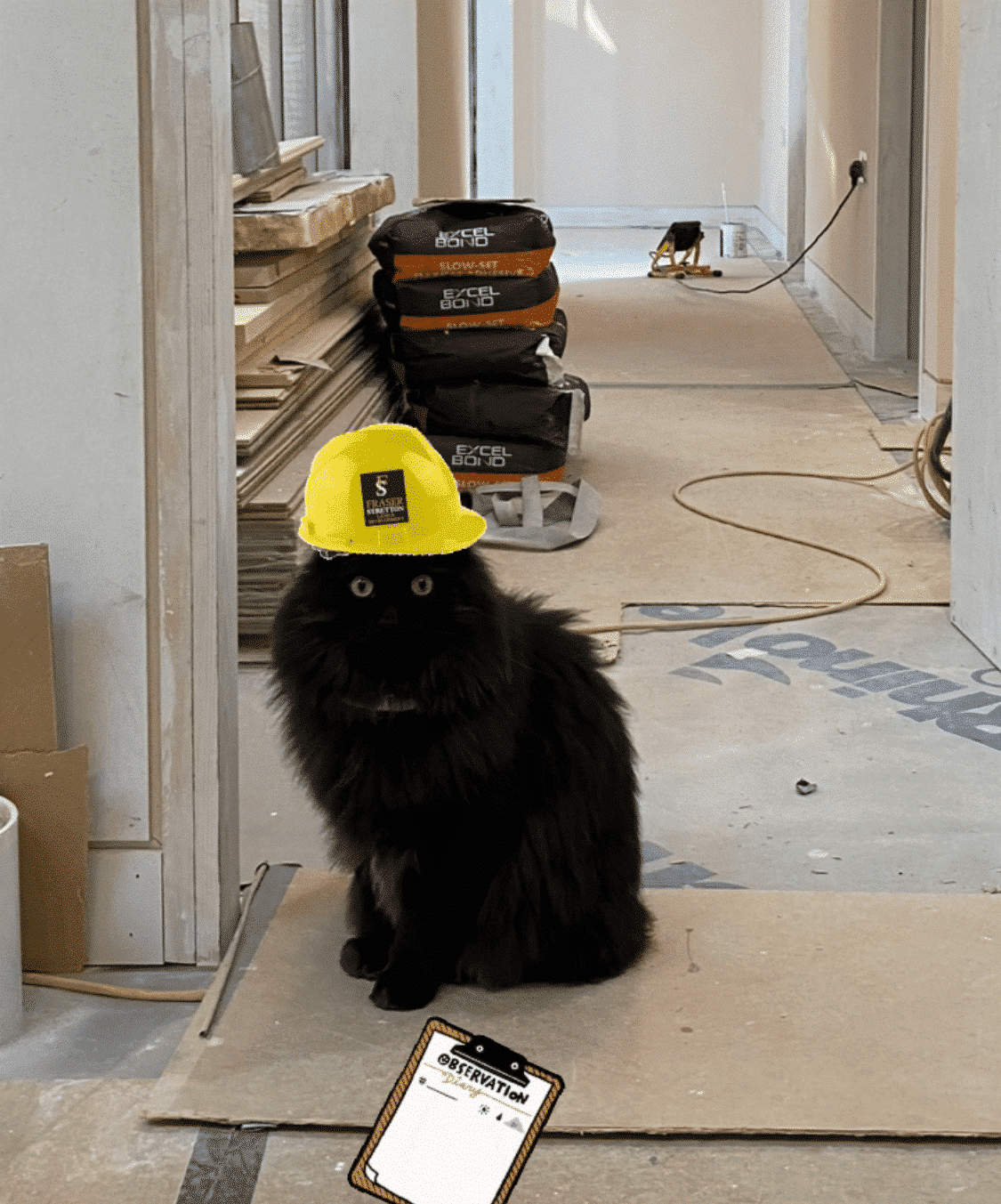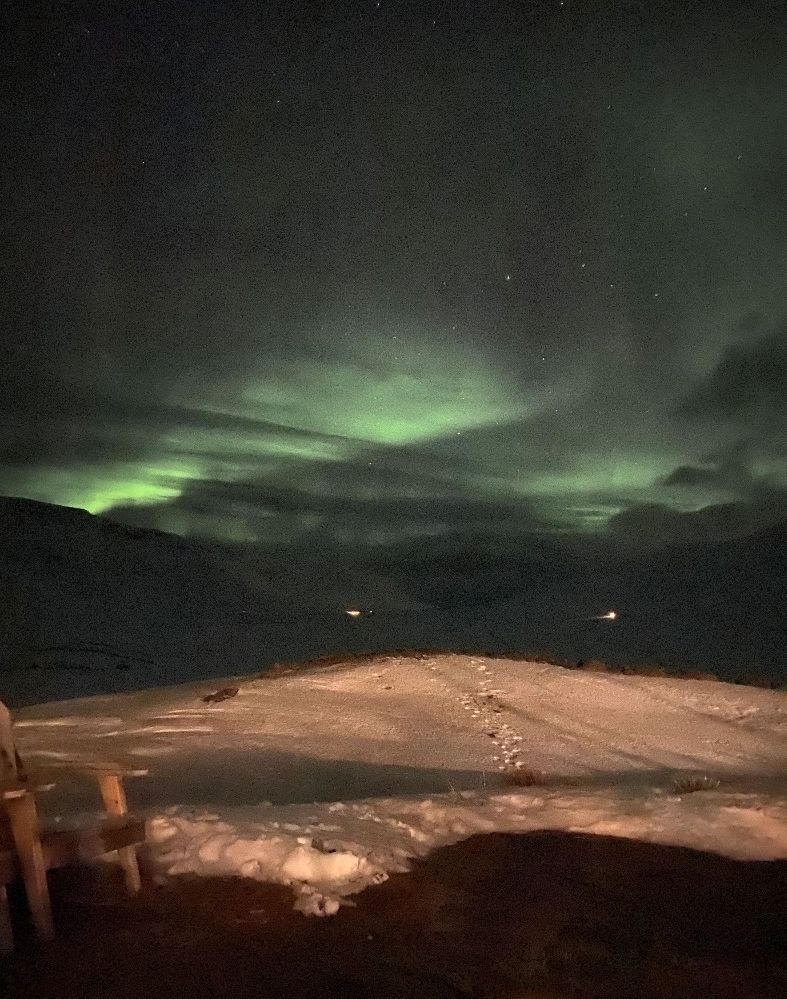Graham & Brown Factory Tour!
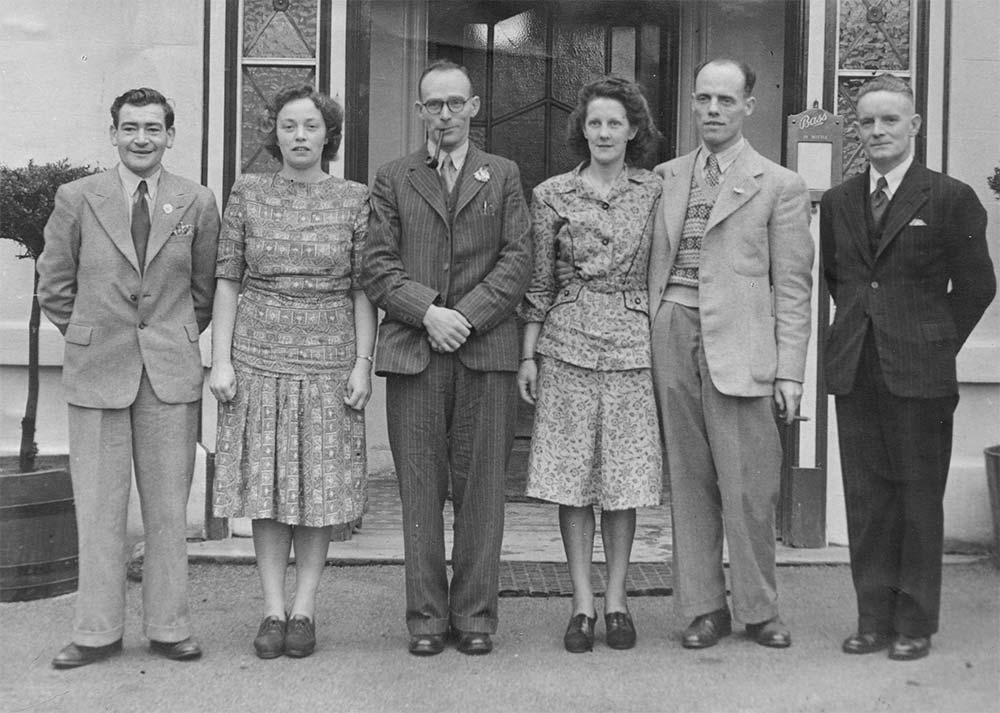
I have always loved seeing how anything gets made in a factory. Maybe this is sparked from endless hours of going through the ‘round window’ watching Playschool as a child (that certainly ages me!)
So it was with great enthusiasm that Rose and I accepted an invitation from Graham & Brown to head up to Blackburn, Lancashire for a factory tour, before looking at our new collection ‘strike offs’.


We were greeted by the highly knowledgeable and enthusiastic Julian who began the tour with a brief run down of Graham & Brown’s history. The company was started in 1946 by Mr Harold Graham and Mr Henry Brown – both of whom had worked in the industry before the war. Their first machines they purchased were for surface printing – a technique a little link lino printing, but on a roller. They struggled to find paper to print on due to post war rationing. They ended up ingenuously using ‘chaff’ which was a foil dropped by planes to cover up enemy radar.
We were shown around the original ‘board room’ which is perfectly preserved from the first G&B offices – and complete with their first ever wallpaper book.
A tour of the original boardroom
I was allowed to leaf through the first ever wallpaper book
The company really got going in the 1950’s with the backing of Labour MP Barbara Castle. She recognized the factory brought employment and money to the area, and she campaigned hard for paper to be supplied to them, and export licenses to be granted.
It was in the 80s and 90s that company experienced major growth from the development of the ‘Super Fresco’ paper. That funny puffy wallpaper that I distinctly remember covering all my student rental accommodation.
First Super Fresco paintables TV ad
Our first stop in the factory was the area that stores the blank rolls of paper. Each one weighs a tonne, Rose & I could just about push a roll along! (yes we were allowed to give it a go!)
The area here is enough for just for one week’s printing – G&B print 174,000 rolls a WEEK! But before you are too horrified at the vast paper consumption, G&B are a carbon neutral business and have excellent sustainability credentials which you can see here. The paper comes from Finland, and every roll comes with a label showing the exact location of trees that were used. They are planted in a circle and 3 trees are planted for every tree used.
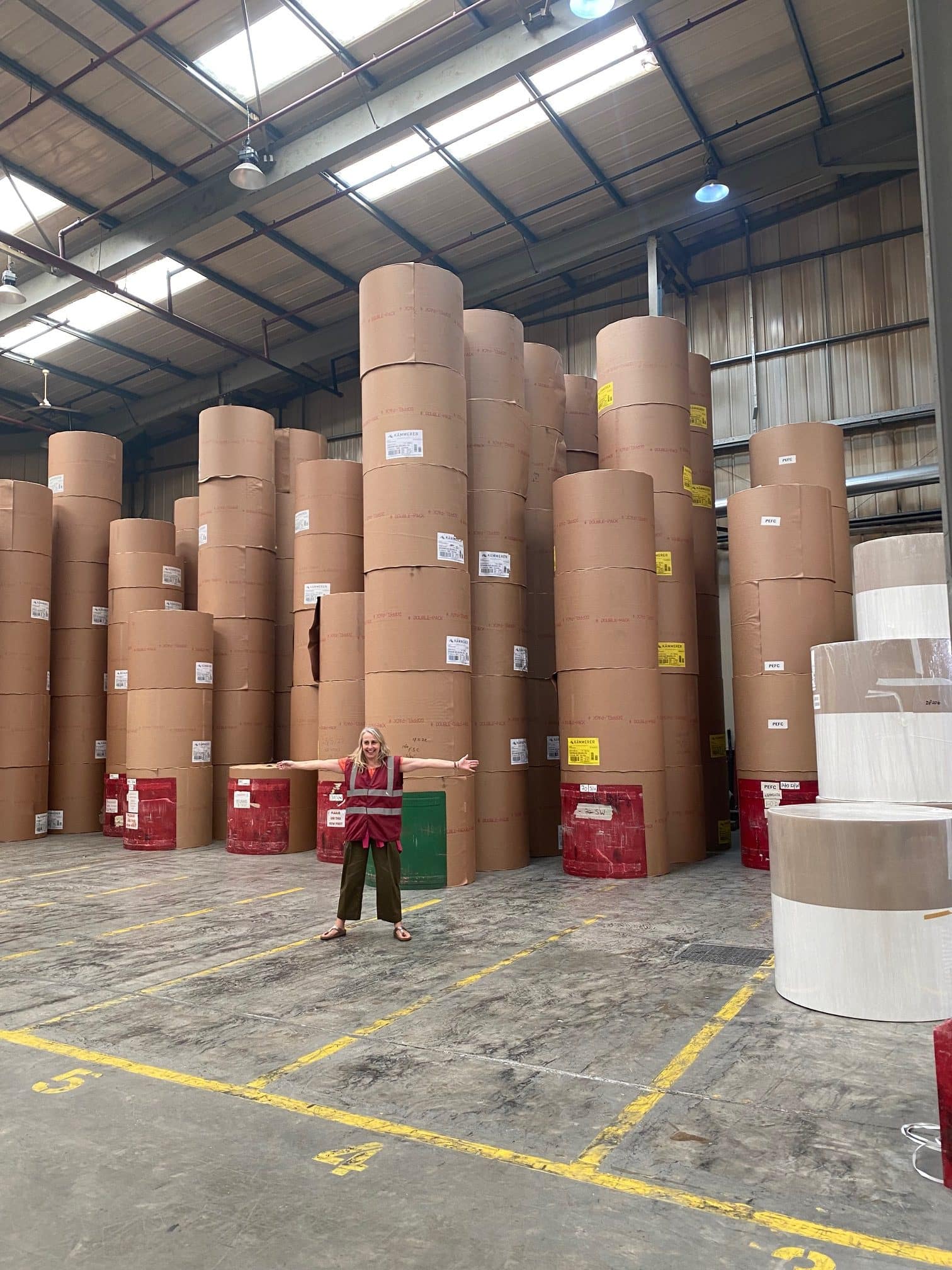
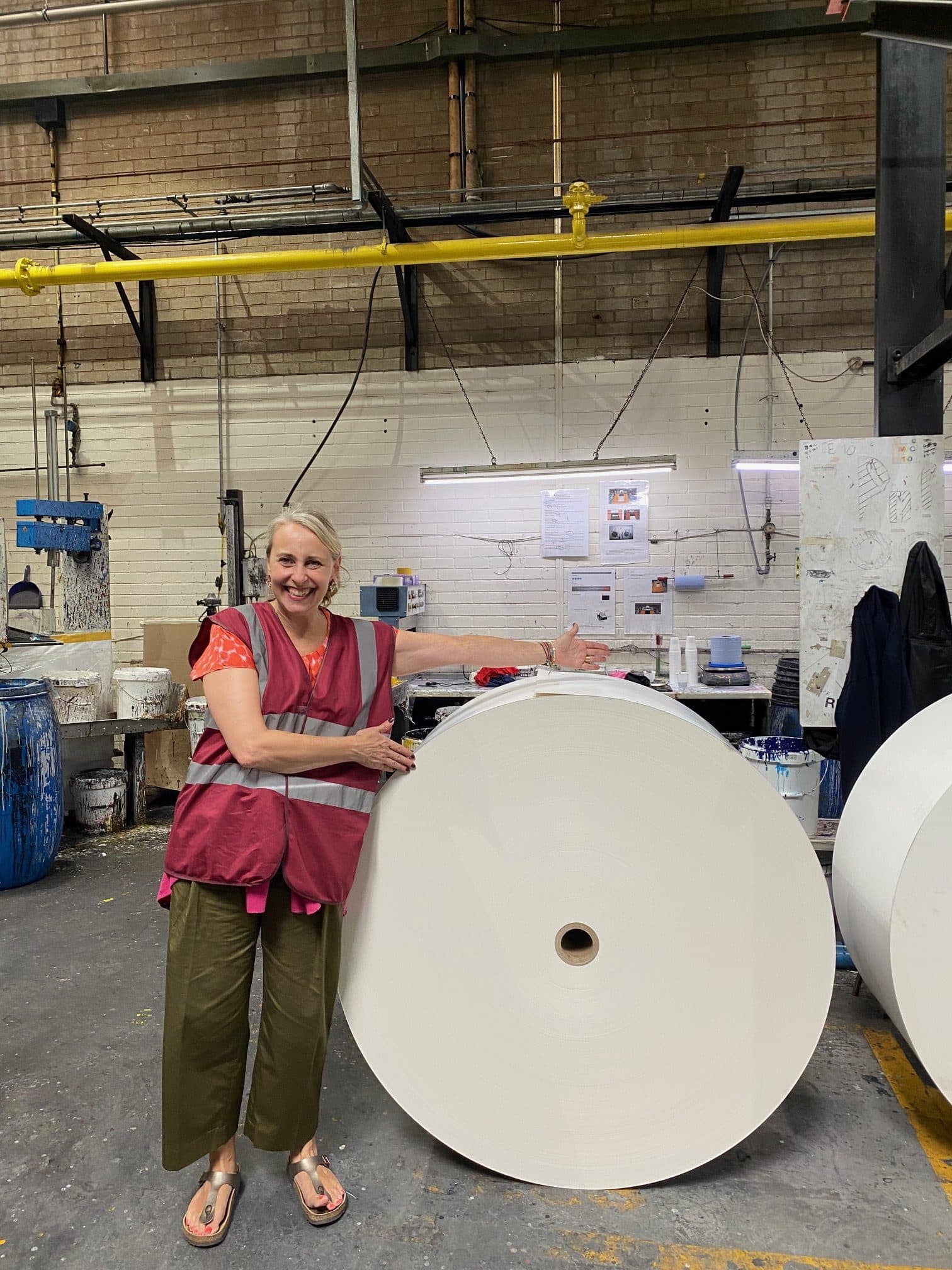
The next area we looked at was for colour mixing. ALL the colours are created using just the primary colours and black. Pigment is combined with a vast array of different binders (or vehicles), that can be clear, metallic, or opaque. Some do all sorts of incredible things such as puff up with heat, or even contain glass beads which melt, so a vast range of colours and finishes can be achieved.

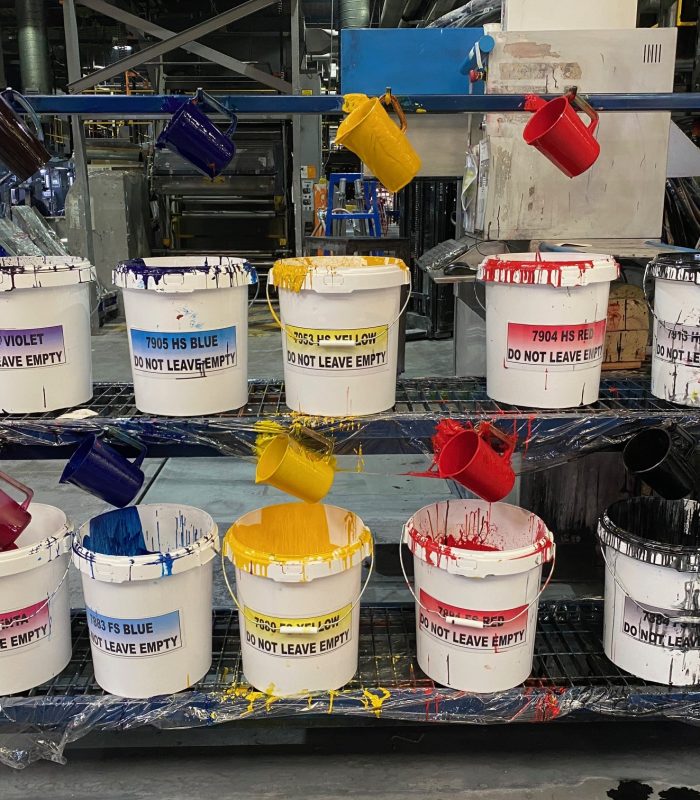
Rose & I were particularly impressed with the Spectral Photometer, a machine which checks each batch for ink colour matching. G&B have a very low tolerance of colour variance, and claim they even colour match more closely than a certain German premium car manufacturer which cannot be named! The staff who work in this area of the business have to take a colour test called the Farnsworth Munsell 100 Hue Test – and need ‘superior shade discretion’. In fact everyone who works at G&B is offered the test and a few employees have such high results they will be called upon when needed even if they work in the accounting department!
I would love to take the test but I couldn’t show up at work again if I got low results!
The spectral photometer testing colour variance

A vat of blue ink
Rose & I were then shown all the different types of printing machinery. This was the really impressive part of the tour. We saw everything from gravure printing (which is engraving – basically the same as traditional printing for books) to screen printing and digital.
I am a bit of a fan of the old school techniques of printing as I love the tactile quality that these methods bring. However digital printing is now overtaking as the most popular method for many reasons. Julian explained that on the gravure machines it takes around 90 metres of paper just to thread them up, and the average run length is 1700 rolls, meaning very high minimums. Digital printing is more versatile, as you can produce 6 or 600 rolls of wallpaper with practically zero wastage – thus making it more sustainable. G&B worked closely with an Italian manufacturer to pioneer the top digital wallpaper printers available, and of 6 that exist in the world, they have 2.
Gravure printing produces 90 metres in less than a minute
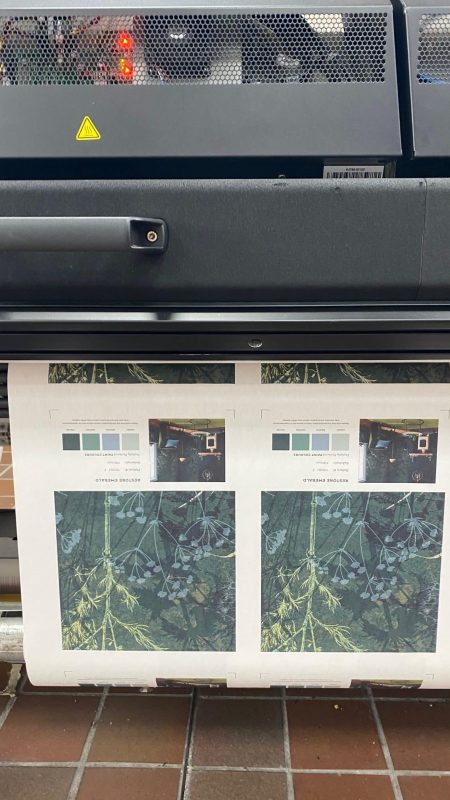
A digital printer
Very satisfying video of wallpaper coming off the machine
Very satisfying video of wallpaper rolls being made up
We then explored the labs which felt something like Charlie & the Chocolate Factory but for textile designers. Here different top secret new formulas are being invented – maybe I will be using some of these innovative techniques in my next collection!
Sneaky view of the development laboratory
A handful of strike offs – which options should I choose?
Reluctantly Rose & I were dragged away from the action to look at our ‘strike offs’ and attempt to whittle down our strike offs from over 100 to 52!




